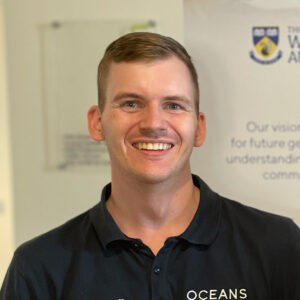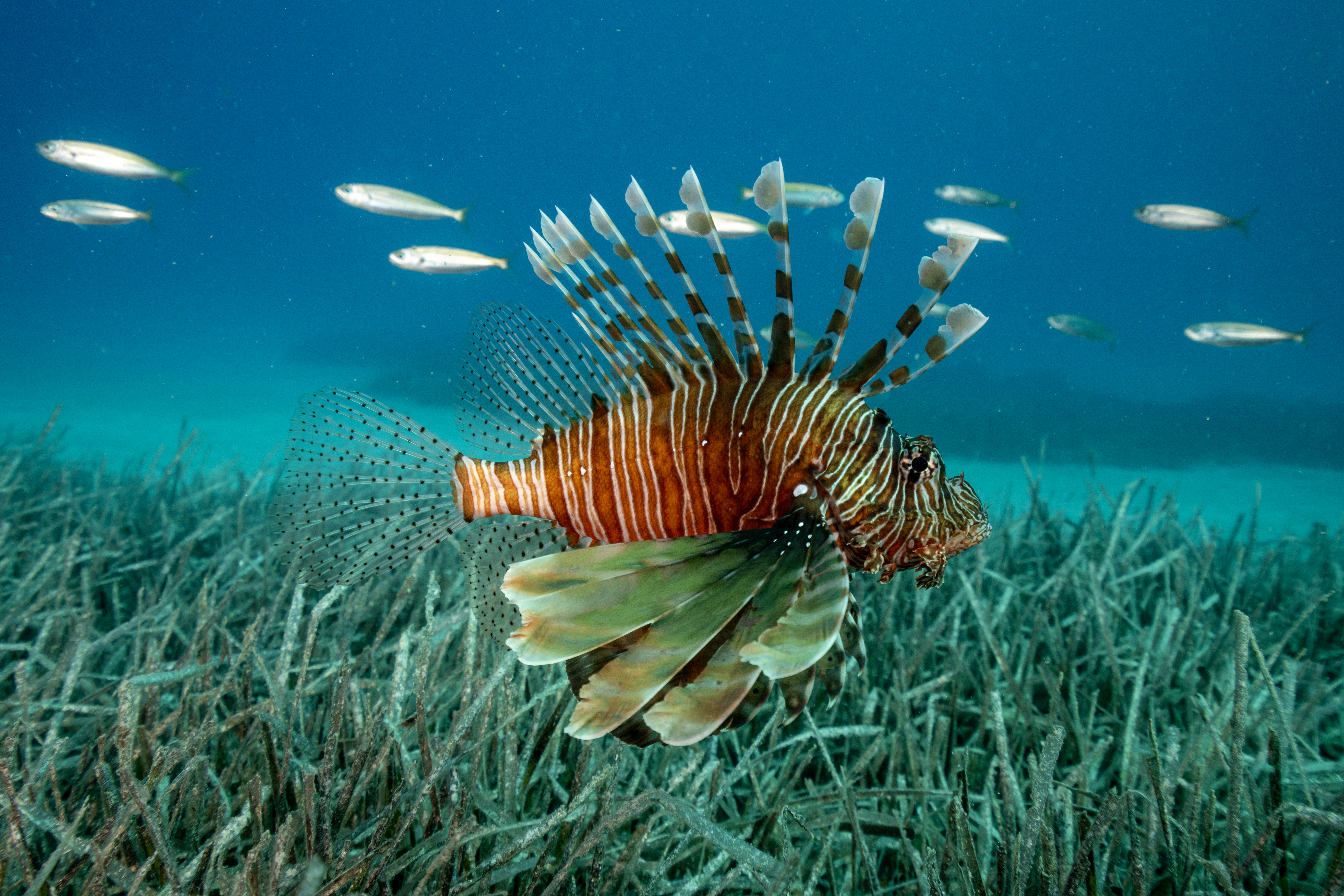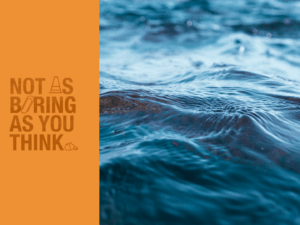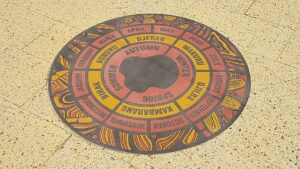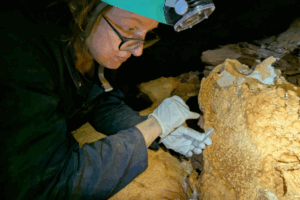Colourful tropical fish are heading south along the WA coast, including around Rottnest. This sounds spectacular, but it’s not.
Perth isn’t a tropical region, which means that tropical fish shouldn’t be seen here.
So why are they?
Just keep swimming
Marine species are finely tuned to their local temperature ranges.
Even slight temperature increases can disrupt key life cycles and change entire ecosystems.
When their local swimming spot becomes too hot, they’re forced to migrate to cooler waters.
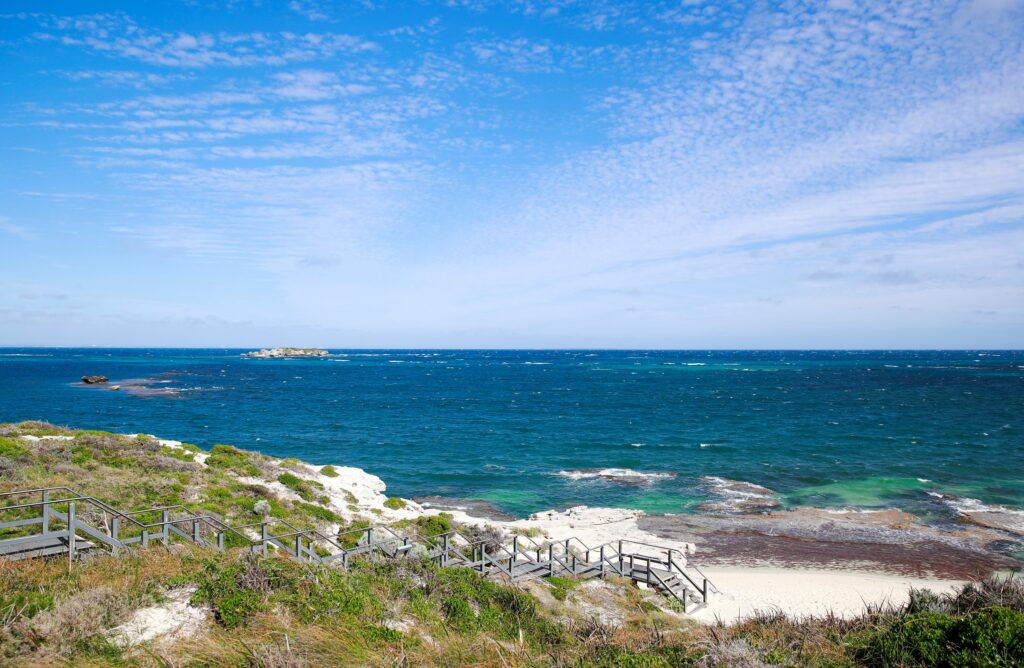
Credit: Ma Ping/Getty Images
Tropicalisation occurs when tropical marine species leave their natural home range due to warming ocean temperatures.
While the ocean is a big place, not all marine species can move, and those with fins can only go so far.
So hot, so hot in here
“The warming of the oceans has been going on for decades,” Gary Jackson says.
Gary is a Senior Principal Research Scientist at DPIRD’s WA Fisheries and Marine Research Laboratories.
He says extreme events such as heat waves, on top of an already warming climate, are changing our oceans.
Gary says the already warm Leeuwin current can create the kind of effects we’re having now all the way down the west coast.
“As temperatures come up, it can do a number of things.”
Gary says a little warming can offset seagrass flowering or snapper spawning. If temperatures get too high, species that can’t move will die.
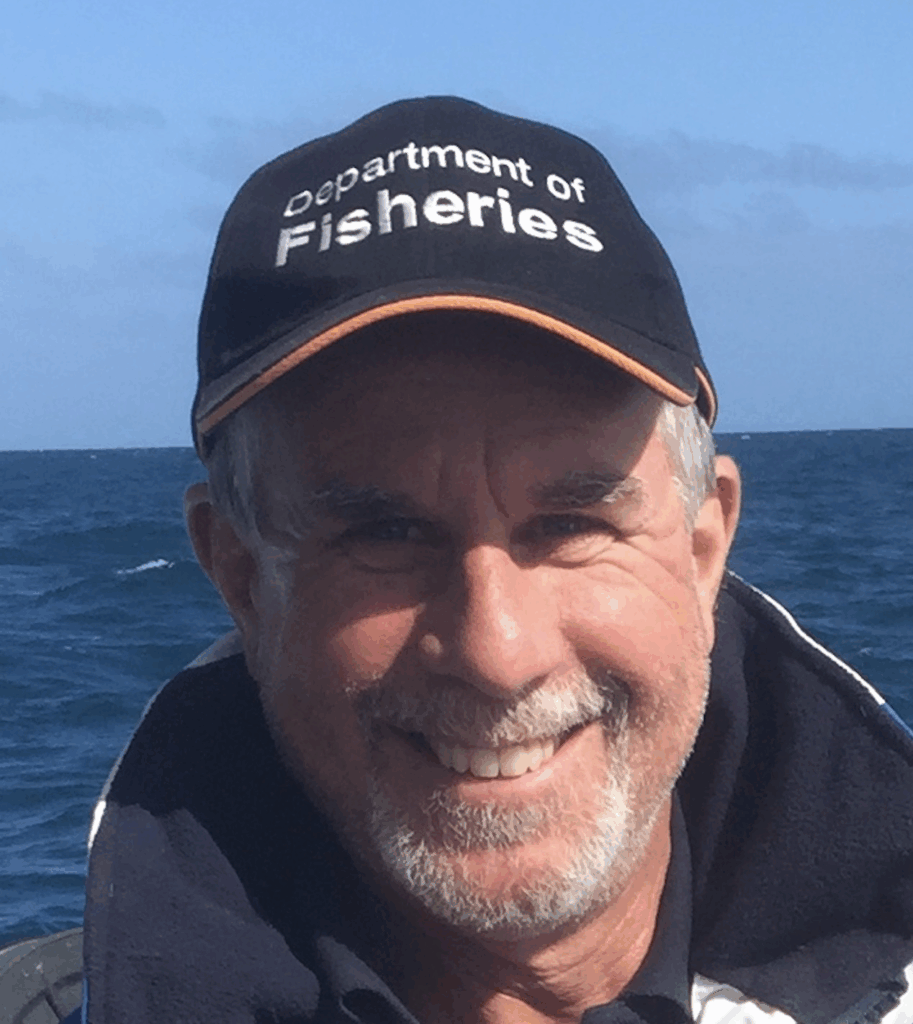
Credit: via Redmap
SEIZE THE BAY
Scientists have tracked warming oceans for decades, except there’s one issue.
“We’re getting such changes in conditions in our ocean that it’s starting [to get] outside of our knowledge,” Gary says.
“Tropical species can come down from Ningaloo and may live at the Abrolhos [Islands], and then they can come from the Abrolhos and camp at Rottnest.
“But after that, there is nowhere for them to go. There is no coral … there’s nothing. So what happens to them?”
Thankfully, we’re not starting from scratch.
Temperature data is recorded from sensors all around the WA coastline.
When combined with information from the National Oceanic and Atmospheric Administration (NOAA) and CSIRO, scientists can observe changes in WA’s water temperatures over time.
Mapping the impact
As well as data about changing temperatures, information is being collected on marine species.
Gary is the WA representative for the Range Extension Database and Mapping project, or Redmap Australia.
Redmap was started in 2009 by Dr Gretta Pecl in Tasmania and expanded nationally in 2012.
The project harnesses the power of citizen science. Ocean-goers are encouraged to photograph species they may not have seen before in their area.
These images are submitted to Redmap’s website or app to be verified by marine scientists and added to the national database.
Over time, this data helps researchers identify marine species with shifting ranges.
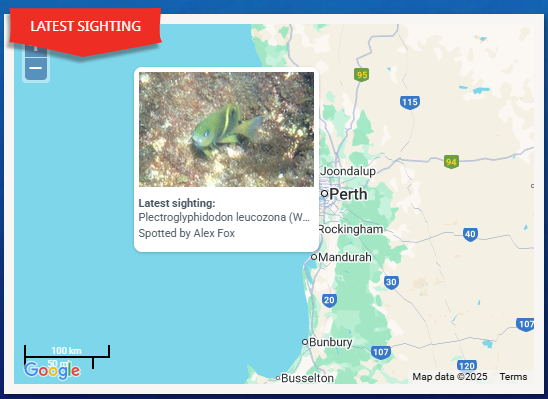
Credit: via Redmap
Sea-ing results
In a recent longitudinal study, data from Redmap and other monitoring programs showed that marine species have shifted beyond their traditional home ranges.
Many are moving south as ocean temperatures rise, and WA has the highest number of marine species on the move.
The data shows areas that are at risk and better guides where research and conservation efforts are needed.
“I’m not giving up,” Gary says. “Western Australians love the ocean … It’s probably more part of our lifestyle than many other places in the world.”
For now, Redmap will continue to monitor changing marine species, and researchers will continue to save the oceans and everything that relies on it.


